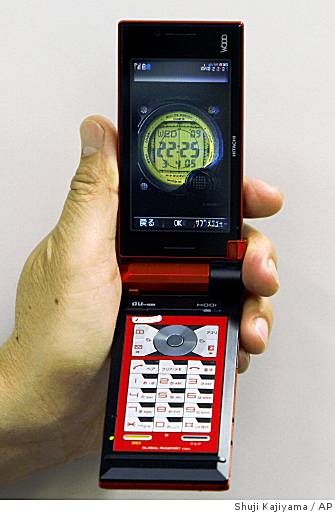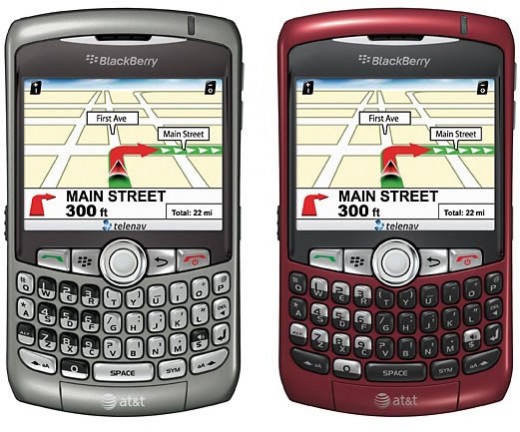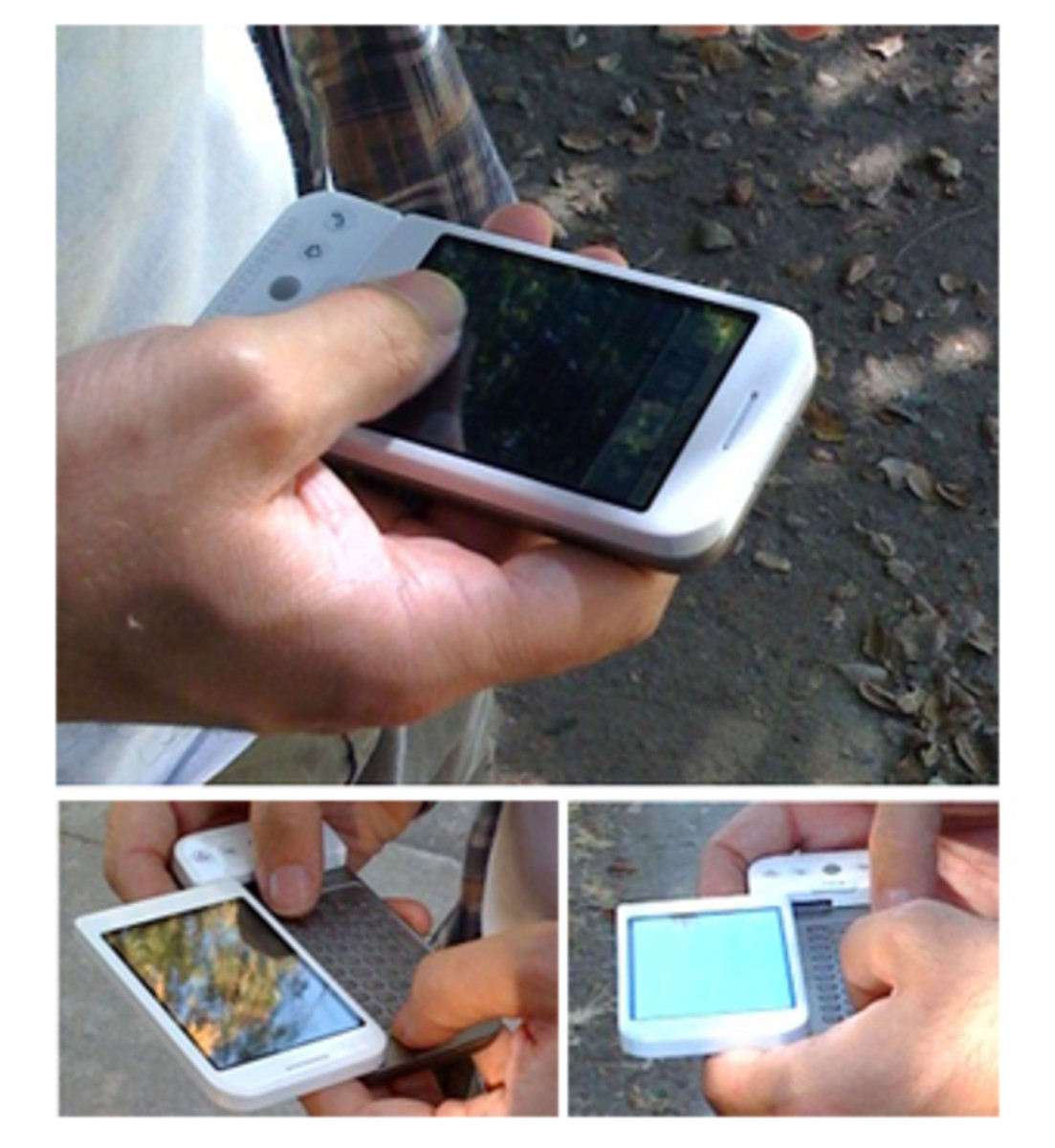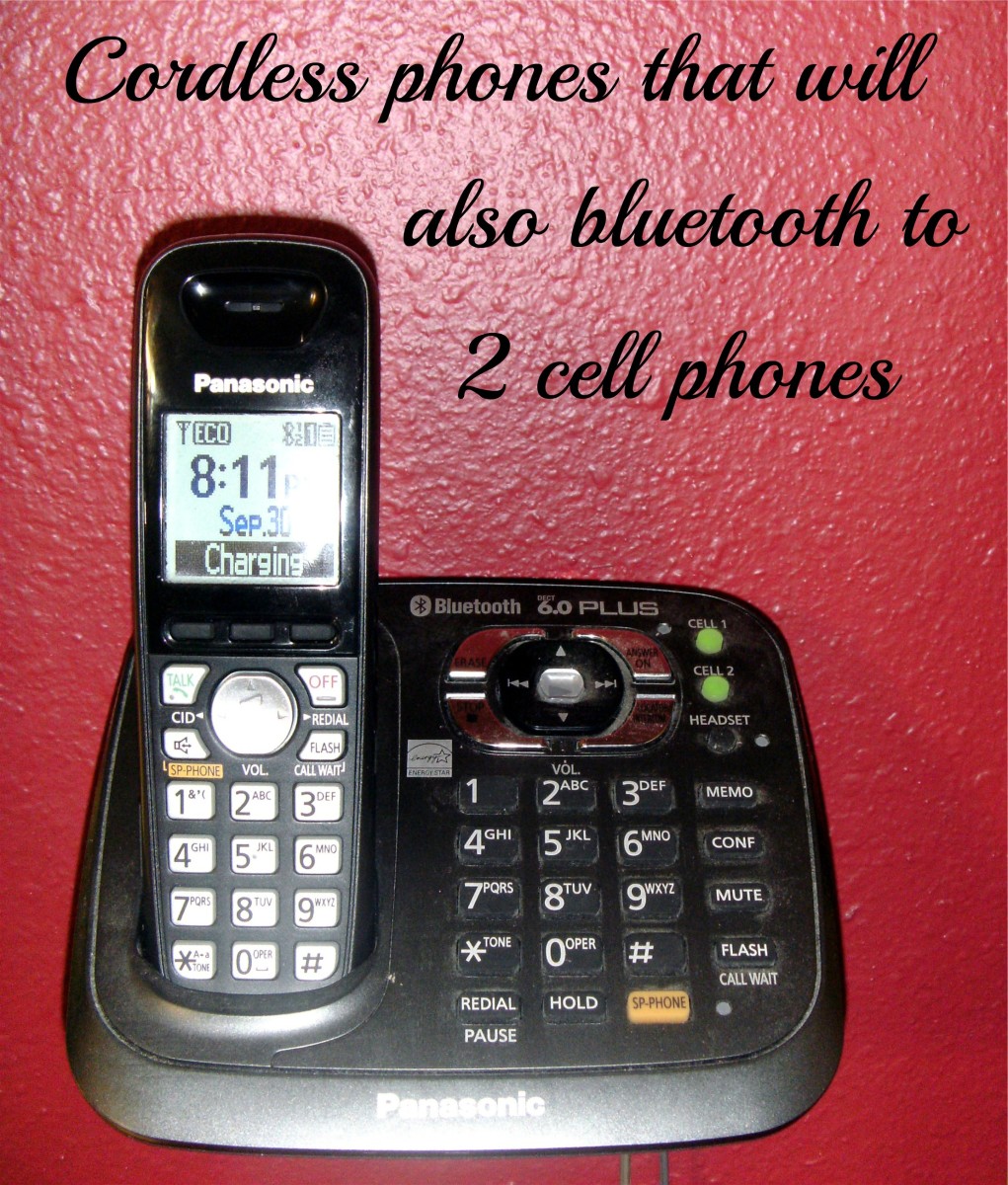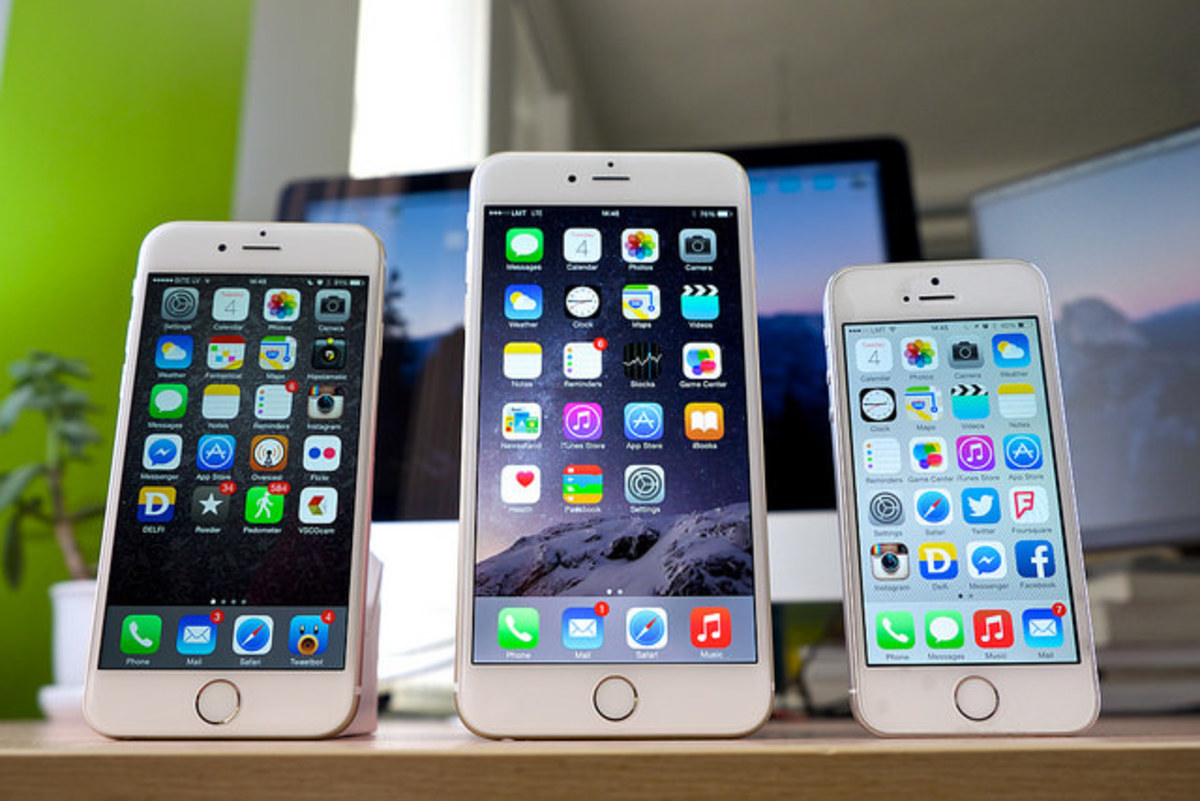History of Mobile Phones | 2.5G Network | What's Inside A Mobile Phone
In the history of communications technology, Martin Cooper pioneered the cellular telephony technology and that is why he was considered as “the father of mobile telephony”. Mr. Cooper introduced the 1st mobile in 1973 in USA while working for the famous Motorola company, but it was not until 1979 when the first commercial cellular system was introduced in Tokyo, Japan by NTT. It was in 1981 when the Nordic countries introduced a mobile system similar to Advanced Mobile Phone System (AMPS). Side by side in 1983, United States adopted the rules for creating the first commercial cellular system that was put into operation for the first time in the city of Chicago. This step by US served as a starting point for the spread of mobile technology in several countries around the world. This system was then used as an alternative to conventional wireless telephony. The latest mobile technology was widely accepted by all the countries and within a few years, there were millions of people who began using this system. After this, there began the need to develop and implement other forms of multiple access channels and transform the analog signal to digital in order to make space for more and more users that were increasing at a rapid rate. Now in order to separate one from other stage, mobile telephony has been characterized by having different generations namely 1G, 2G, 2.5G, 3G and now 4G and 5G. I have already described 1G, 2G, and 3G in my previous hub, Cell Phone Generations - Advantage of 3G network over 1G and 2G but in between the generation of 2G and 3G, there was a generation which I forgot to mention and that was 2.5G which is very important for the understanding of mobile phone generations so here it is:

Second And A Half Generation of Mobile Phones (2.5G Network)
In the past, many telecommunication service providers moved to 2.5G networks before entering into 3G networks. It is already understood that 2.5G technology was much more advanced and faster than 1G and 2G and at the same time, it was much cheaper to upgrade to 3G from 2.5G. The 2.5 generation of mobile phones offered extended features and additional capacity that was more than 2G networks. These new features were High Speed Circuit Switched or HSCSD, General Packet Radio System or GPRS, EDGE or Enhanced Data Rates for Global Evolution, IS- and IS-136B 95Bm. The European and U.S network carriers moved to 2.5G in 2001 while Japan got straight from 2G to 3G in 2001. Every transformation from 1G to 2G, 2G to 2.5G, and 2.5G to 3G networks helped in communicating better and better.
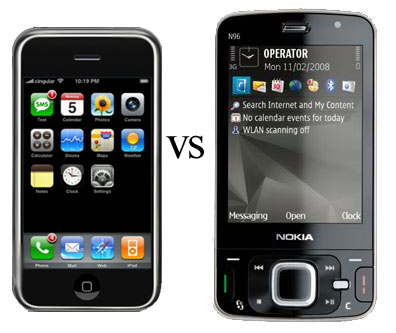
What's inside a mobile phone?
A mobile phone is an electronic device with intricate designs and processes millions of calculations per second to compress and decompress the voice stream. If you will disassemble a mobile phone, you will be able to find the following parts:
- One integrated circuit containing the brain of your cell phone.
- One antenna
- One LCD or liquid crystal display
- One small keyboard
- One microphone
- One speaker
- One battery
